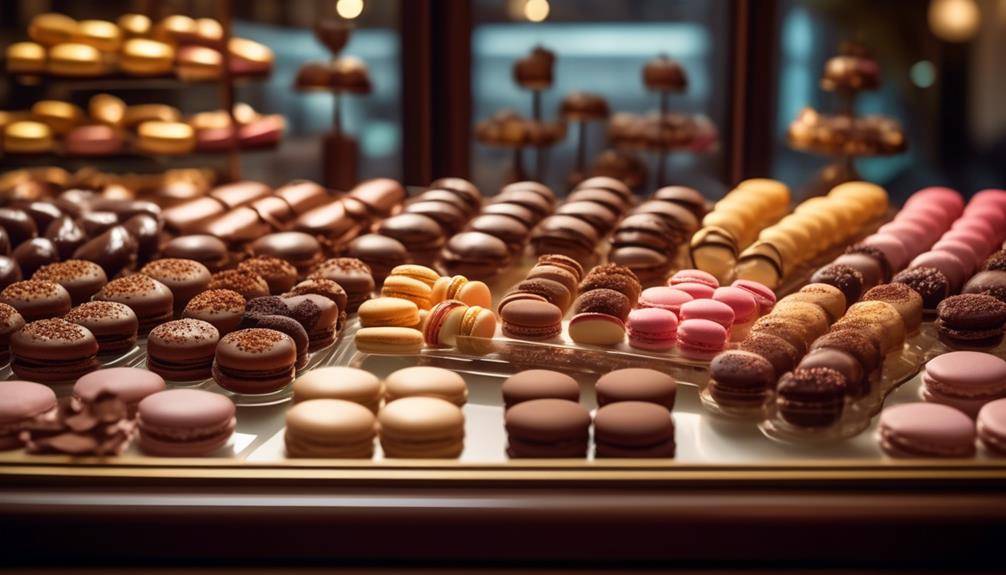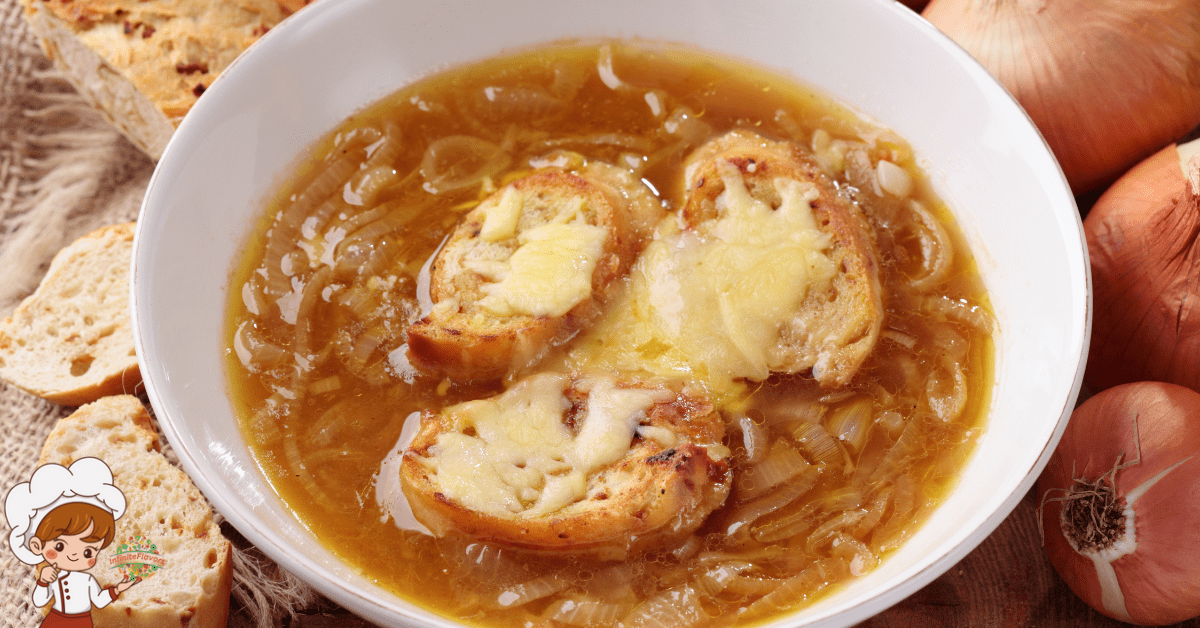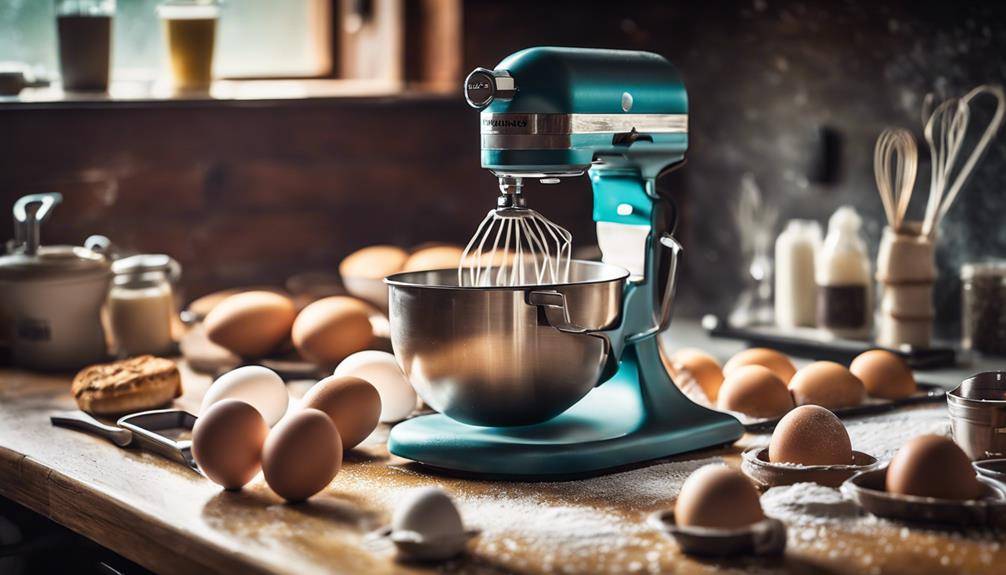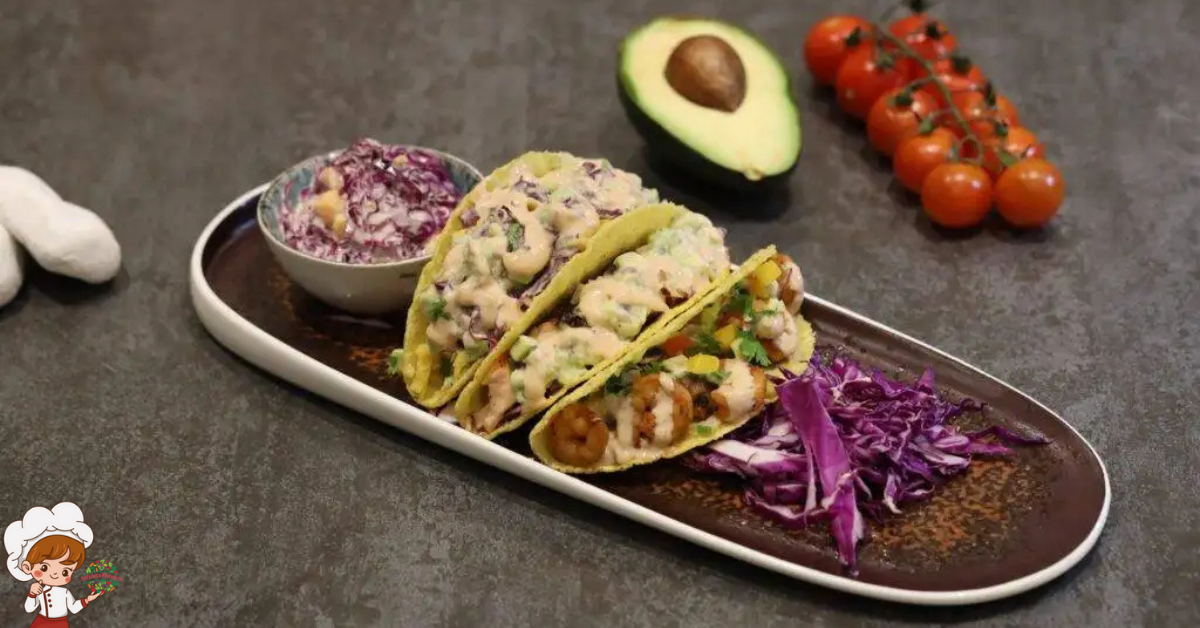Top 10 Techniques for The Best Gas Grill Cooking
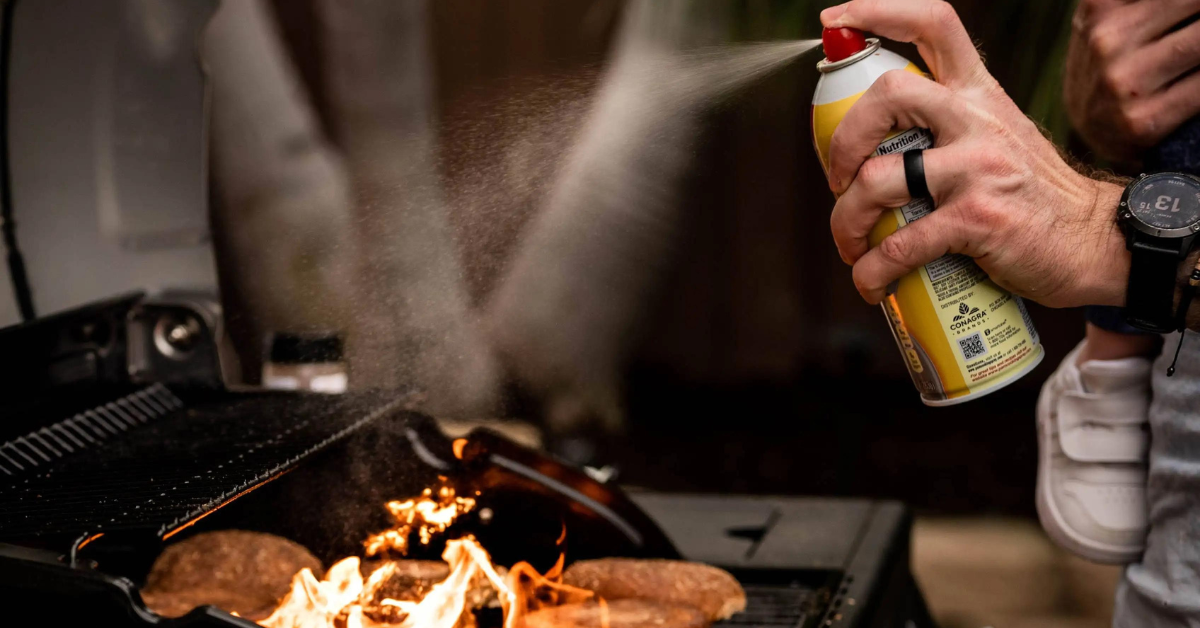
Top 10 Techniques for The Best Gas Grill Cooking
So, you think you’re a grill master, huh? Well, get ready to take your skills to the next level with these top 10 techniques for gas grill cooking. From direct heat grilling to smoking, rotisserie cooking to grilling with marinades, we’ve got all the tricks of the trade covered. Forget about boring old hamburgers and hot dogs – with these techniques, you’ll be able to cook up a feast fit for a king (or queen). Whether you’re a novice or a seasoned pro, these techniques will have you grilling like a champ in no time. So grab your tongs and fire up the grill – it’s time to unleash your inner grill master!
Direct Heat Grilling When Gas Grill Cooking
To achieve perfectly seared and juicy results, you should frequently cook your food directly over the heat source on your gas grill. This grilling technique, known as direct heat grilling, is a tried and true method for creating mouthwatering dishes that will impress your family and friends.
Direct heat grilling is all about placing your food directly over the flames or burners on the grill. This intense heat quickly sears the outside of the food, creating a delicious crust while locking in the natural juices. Whether you’re grilling a steak, chicken breast, or even vegetables, this technique ensures that your food is cooked evenly and retains its natural flavors.
When using direct heat grilling, it’s important to preheat your grill to the desired temperature. This step allows the grates to get hot, preventing the food from sticking and ensuring those beautiful grill marks. Once the grill is hot, simply place your food directly over the heat source and let it cook. Remember to keep a close eye on your food and flip it as needed to prevent burning or overcooking.
One of the great things about direct heat grilling is its versatility. You can adjust the heat levels by moving the food closer or farther away from the flames. This allows you to control the cooking process and achieve the desired level of doneness. Whether you prefer a rare steak or a well-done burger, direct heat grilling allows you to cook your food to perfection.
Indirect Heat Grilling When Gas Grill Cooking
For indirect heat grilling on your gas grill, start by preheating it to the desired temperature. Indirect grilling involves cooking food away from the direct flames, allowing for a slower and more even heat distribution. This technique is perfect for larger cuts of meat or delicate foods that require gentle cooking. Here are some tips to help you achieve perfect grill marks and delicious results:
- Create two heat zones: Turn on only one burner and leave the others off. This will create a hot side and a cooler side for indirect cooking. Place your food on the cooler side to avoid charring.
- Use a drip pan: Place a drip pan filled with water or marinade under the grill grates to catch any drippings and prevent flare-ups. This will add moisture and flavor to your food.
- Close the lid: Keep the lid closed as much as possible to maintain a consistent temperature and ensure even cooking. Opening the lid too frequently can cause temperature fluctuations and extend the cooking time.
- Rotate the food: To achieve those coveted grill marks, rotate your food halfway through the cooking process. This will allow for even browning and create those beautiful charred lines.
Gas Grill Cooking And Smoking
When smoking on your gas grill, you can enhance the flavors of your food by infusing them with delicious smoky goodness. Smoking is a popular cooking technique that adds depth and complexity to a wide range of dishes. Whether you’re smoking meat, fish, or vegetables, the process involves slow-cooking the food over indirect heat, allowing it to absorb the flavors of the wood chips or chunks used for smoking.
There are several smoking techniques you can try on your gas grill. One method is to use a smoker box or a foil packet filled with soaked wood chips. Simply place the box or packet directly on the heat source, and let the smoke envelop your food as it cooks. Another technique is to create a smoke pouch by wrapping wood chips in foil and poking holes in it. This method is great for smaller cuts of meat or fish.
When it comes to smoking recipes, the options are endless. For a classic smoked dish, try smoking a whole chicken or a pork shoulder. The slow-cooked meat will be tender and infused with a rich smoky flavor. If you’re feeling adventurous, you can experiment with smoking different types of fish, such as salmon or trout. The delicate flesh of the fish will absorb the smokiness, resulting in a melt-in-your-mouth texture.
To add even more flavor to your smoked dishes, you can also use a dry rub or marinade. A combination of spices, herbs, and salt will help to enhance the smoky flavors and create a delicious crust on the outside of your food.
Rotisserie Cooking
Are you ready to take your grilling skills to the next level? Then it’s time to talk about rotisserie cooking. With a rotisserie attachment for your gas grill, you can enjoy succulent, evenly cooked meats that are full of flavor. In this article, we’ll explore the benefits of rotisserie cooking and share some valuable tips to help you master this technique. Get ready to elevate your grilling game and impress your friends and family with mouthwatering rotisserie dishes.
Benefits of Rotisserie
If you own a gas grill, one of the best ways to enhance your cooking experience is by utilizing the numerous benefits of rotisserie cooking. Rotisserie cooking not only adds a unique flavor to your food but also provides several advantages that make it worth trying. Here are some of the benefits of rotisserie cooking:
- Enhanced flavor: The constant rotation of the meat on the rotisserie ensures even cooking and helps retain the natural juices, resulting in tender and juicy meat with a delicious smoky flavor.
- Versatility: Rotisserie cooking allows you to cook a variety of foods, from whole chickens and roasts to vegetables and even desserts.
- Healthier cooking: The fat drips off the meat as it cooks, resulting in leaner and healthier dishes.
- Time-saving: The slow rotation on the rotisserie ensures even cooking, eliminating the need for constant flipping and monitoring.
Rotisserie Cooking Tips
To maximize your rotisserie cooking experience on a gas grill, start by mastering these essential tips. Rotisserie cooking is a fantastic way to infuse your meats with incredible flavors and achieve that perfect, juicy tenderness. First, make sure to properly secure your meat onto the rotisserie spit, ensuring it is evenly balanced and won’t wobble.
Next, preheat your grill and adjust the burners to create indirect heat for slow and even cooking. As for the best cuts of meat for rotisserie cooking, opt for larger cuts like whole chickens, pork loin, or prime rib. These cuts will benefit from the slow rotation and continuous basting, resulting in succulent and mouthwatering dishes. Experiment with different marinades and rubs to enhance the flavors even further. With these rotisserie cooking techniques and meat choices, you’ll be well on your way to becoming a grill master.
Reverse Searing
When grilling on a gas grill, one of the most effective techniques to achieve a perfectly cooked, juicy steak is through the method of reverse searing. This technique involves cooking the steak slowly at a low temperature before searing it at high heat to create a delicious crust. Reverse searing allows for even cooking and ensures that the steak is cooked to the desired level of doneness.
Benefits of Reverse Searing:
- Tender and Juicy: By cooking the steak at a low temperature first, the meat retains its moisture and becomes incredibly tender. This results in a juicy and flavorful steak that is sure to impress your guests.
- Even Cooking: Reverse searing allows the steak to cook evenly from edge to edge. This prevents any overcooked or undercooked spots and ensures a consistent texture throughout.
- Perfectly Crispy Crust: After the steak has been cooked slowly, it is seared at high heat to create a deliciously crispy crust. This adds a wonderful texture and enhances the overall flavor of the steak.
- Controlled Doneness: With reverse searing, you have more control over the level of doneness. By monitoring the internal temperature of the steak throughout the cooking process, you can achieve the perfect medium-rare, medium, or well-done steak.
To reverse sear your steak, follow these simple steps:
- Preheat your gas grill to a low temperature of around 225°F.
- Season the steak with your desired spices and place it on the grill.
- Cook the steak slowly until it reaches an internal temperature of about 10-15°F below your desired doneness.
- Remove the steak from the grill and let it rest for a few minutes. Then, increase the heat of the grill to high and sear the steak for about 1-2 minutes per side.
Plank Grilling
After mastering the technique of reverse searing, another great method to explore on your gas grill is plank grilling. Plank grilling involves cooking your food on a wooden plank, which not only adds a delicious smoky flavor, but also provides a unique cooking experience.
To start plank grilling, you’ll need to soak the wooden plank in water for at least an hour before grilling. This prevents the plank from catching fire and helps to create a moist cooking environment. Once the plank is soaked, you can place it directly on the grill grates and preheat the grill to medium-high heat.
When it comes to plank grilling, the options are endless. You can use different types of wood, such as cedar, hickory, or maple, to impart distinct flavors to your food. Simply place your seasoned meat, fish, or vegetables directly on the plank and let the grill do its magic. The wood will slowly release its flavors, infusing your food with a rich, smoky taste.
One of the key benefits of plank grilling is that it helps to retain moisture in your food. The wood acts as a barrier between the heat source and the food, preventing it from drying out. This makes plank grilling an excellent choice for delicate foods that can easily become overcooked or dried out.
Another advantage of plank grilling is that it adds a beautiful presentation to your dish. The wooden plank serves as a rustic serving platter, allowing you to impress your guests with a unique and visually appealing meal.
Grilling With Marinades
Enhance the flavor of your grilled dishes by marinating them with delicious and tangy sauces. Marinades are a great way to infuse your meats, vegetables, or even fruits with additional flavors, making every bite a burst of mouthwatering goodness. Here are four marinade techniques that will take your grilling game to the next level:
- Basic Marinade: This is a simple yet effective technique where you combine oil, acid (like vinegar or citrus juice), and seasonings (such as herbs and spices) to create a flavorful liquid. The acid helps to tenderize the meat while the oil locks in the moisture, resulting in a juicy and tasty dish.
- Dry Rub Marinade: Instead of using a liquid marinade, you can opt for a dry rub. This technique involves coating your meat with a mixture of spices, herbs, and seasonings, allowing them to penetrate the meat and infuse it with flavor. The dry rub creates a delicious crust on the grilled food, adding texture and taste.
- Brine Marinade: Brining involves soaking your meat in a solution of water, salt, sugar, and various aromatics. This method helps to tenderize the meat and adds moisture, resulting in juicy and succulent grilled dishes. Brining is particularly effective for poultry, ensuring it stays moist and flavorful.
- Injection Marinade: If you want to infuse flavor deep into the meat, injection marinades are the way to go. Using a marinade injector, you inject a liquid mixture directly into the meat, allowing the flavors to spread throughout. This technique is great for larger cuts of meat, ensuring every bite is packed with flavor.
High Heat Searing
To achieve a perfectly seared crust on your grilled dishes, start by preheating your gas grill to high heat. High heat grilling is essential for creating that delicious caramelized crust on meats and vegetables. When you sear your food at high temperatures, it locks in the juices and adds a depth of flavor that is simply irresistible.
To begin, preheat your gas grill to its highest setting. This will ensure that the grates are hot enough to sear your food properly. Once the grill reaches the desired temperature, it’s time to get cooking. Place your meat or vegetables directly on the hot grates and let them sizzle away.
One of the most important searing techniques is to resist the temptation to move your food too soon. Allow it to cook undisturbed for a few minutes. This will allow the heat to penetrate the surface and create that beautiful brown crust. After a few minutes, give your food a gentle flip and let it continue cooking on the other side.
Another searing technique is to use a marinade or rub that contains sugar. Sugar caramelizes at high heat, creating a sweet and savory crust on your food. Just be careful not to let it burn, as this can result in a bitter taste.
Grilling With Rubs and Spices
Ready to take your grilling game to the next level? Grilling with rubs and spices is the secret ingredient to adding incredible flavor to your favorite meats and vegetables. Whether you prefer a smoky and savory rub or a fiery and tangy spice blend, these flavor enhancers will make your taste buds dance with delight. Get ready to elevate your grilling experience and impress your guests with mouthwatering dishes that are bursting with flavor.
Flavorful Grilling With Spices
Start by applying a variety of flavorful rubs and spices to enhance your gas grill cooking experience. This simple step can elevate the taste of your grilled dishes to a whole new level. Here are some grilling hacks to help you achieve mouthwatering flavors:
- Experiment with different rubs: From spicy to sweet, there are countless rubs available in the market. Try a smoky chipotle rub for a bold flavor or a tangy citrus rub for a refreshing twist.
- Mix up your spices: Create your own unique spice blends by combining ingredients like cumin, paprika, garlic powder, and dried herbs. This allows you to customize the flavors to suit your taste.
- Marinate for extra flavor: Before grilling, let your meats or vegetables marinate in a flavorful mixture of spices, herbs, and oil. This will infuse them with even more deliciousness.
- Don’t forget the finishing touch: Sprinkle some fresh herbs or a squeeze of lemon juice on your grilled dishes to add a burst of freshness.
Enhancing Taste With Rubs
Enhance the taste of your grilled dishes by using rubs and spices to add a burst of flavor to your gas grill cooking. Rubs are a mixture of dried herbs, spices, and other seasonings that are applied to the surface of the meat before grilling. They act as a flavor enhancer and can transform a plain piece of meat into a mouthwatering masterpiece.
The key to using rubs is to apply them generously and let them sit on the meat for at least 30 minutes before grilling. This allows the flavors to penetrate the meat and create a delicious crust when grilled. Experiment with different rub combinations to find your favorite flavors and take your grilling techniques to the next level.
Grilling Vegetables and Fruits
Grilling vegetables and fruits adds a delicious smoky flavor to your dishes while retaining their natural freshness and nutrients. So, fire up your gas grill and get ready to elevate your veggie and fruit game! Here are some grilling techniques to help you make the most of these vibrant and nutritious ingredients:
- Direct grilling: Place your vegetables or fruits directly on the grill grates over medium-high heat. This method works well for sturdy vegetables like bell peppers, zucchini, and pineapple slices. It gives them a nice char and caramelization, while still keeping them crisp and juicy.
- Indirect grilling: For more delicate vegetables, such as asparagus and cherry tomatoes, indirect grilling is the way to go. Simply arrange them on a grill pan or aluminum foil and place it on the cooler side of the grill. This allows for gentle cooking and prevents them from burning.
- Marinating: Before grilling, marinating vegetables in a flavorful mixture can enhance their taste. Try combining olive oil, balsamic vinegar, garlic, and herbs for a delicious marinade. This technique works particularly well for eggplant, mushrooms, and onions.
- Skewering: Skewers are not just for meat! Thread your favorite vegetables and fruits onto skewers for a fun and colorful presentation. This method works great for cherry tomatoes, chunks of bell peppers, and pineapple chunks. Just make sure to soak the wooden skewers in water beforehand to prevent them from burning.
With these techniques, you can create a variety of tasty and healthy grilled vegetable and fruit dishes. Whether you’re grilling fish or tofu, these techniques will help you take your gas grill cooking to the next level. So, get creative, experiment with different flavors, and enjoy the smoky goodness that grilling brings to your favorite produce!
Frequently Asked Questions
Can I Use a Gas Grill for Smoking or Is It Better Suited for Direct and Indirect Heat Grilling?
Yes, you can definitely use a gas grill for smoking. While it is better suited for direct and indirect heat grilling, using a gas grill for smoking offers convenience and control over temperature, resulting in deliciously smoked meats.
How Long Should I Let the Meat Rest After Using the Reverse Searing Technique?
After using the reverse searing technique, you should let the meat rest for about 5-10 minutes. This allows the juices to redistribute, resulting in a more tender and flavorful final product. Enjoy!
Are There Any Specific Types of Wood Chips That Work Best for Smoking on a Gas Grill?
To achieve smoky flavors on your gas grill, use wood chips specifically designed for smoking. Hickory and mesquite are popular choices, but experiment with different types to find your favorite.
What Are Some Recommended Marinade Recipes for Grilling Seafood?
Looking to amp up your seafood grilling game? Check out these recommended marinade recipes for grilling seafood. With different grilling methods, you’ll be able to create flavorful and delicious dishes every time.
Can I Use the Rotisserie Attachment on My Gas Grill to Cook Larger Cuts of Meat Like Whole Turkeys or Roasts?
Yes, you can use the rotisserie attachment on your gas grill to cook larger cuts of meat like whole turkeys or roasts. However, if you don’t have a rotisserie attachment, there are alternative cooking methods for larger cuts of meat on a gas grill.
Conclusion
In conclusion, mastering these top 10 techniques for gas grill cooking will elevate your grilling game to new heights. Whether you prefer direct or indirect heat, smoking or rotisserie cooking, these methods will surely impress your friends and family at your next backyard barbecue. Don’t forget to experiment with marinades, rubs, and spices to add an extra burst of flavor, and don’t be afraid to grill vegetables and fruits for a delicious and healthy twist. Get ready to become the ultimate grill master!



